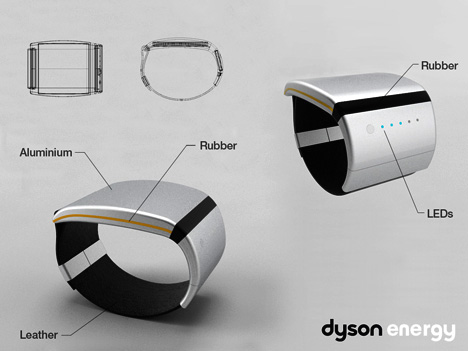
From Wikipedia:
The thermoelectric effect is the direct conversion of temperature differences to electric voltage and vice versa. A thermoelectric device creates a voltage when there is a different temperature on each side.
[…]
The term thermoelectric effect or thermoelectricity encompasses three separately identified effects, the Seebeck effect, the Peltier effect, and the Thomson effect.

To determine the voltage:

Where S is the Seebeck Coefficient, unique for each material. Insulators tend to have very high Seebeck coefficients, while metals have lower values due to their high carrier concentrations.
It is worthwhile to note that the efficiency of a thermoelectric device is limited by the Carnot efficiency, since thermoelectric devices are still inherently heat engines.
So where are thermoelectric generators used? The use of waste heat in combustion engines promises to be a high volume application field. But most interesting to me are generators that can convert body surface heat into electricity.
Researchers at the Fraunhofer Institute were able to utilize a 2˚C temperature gradient (equivalent to the difference between the temperature of human skin and room temperature) paired with a voltage converter IC to produce up to 4 mW. Collected over time they were able to supply 3.3 V to commercial electronic components.
Similarly the Dyson Energy Bracelet is a bracelet that has a removable micro-USB battery pack for recharging portable electronics.


Some proposed ideas include:
These nano-generators can be placed inside the shoe of the wearer where the heat is generated by the motion of feet, and then converted into electrical energy. The use of body energy in military is being aimed at for soldiers in battlefields using it as personal battery chargers, medical sensors, displays, gun sights, and range finders.
With the possibility of using body heat for generating electricity, scientists have found that this could be very useful in the field of medicine as well, particularly in hospitals where patients are observed round-the-clock. This includes checking pulse rate, heart rate, body temperature, blood pressure and breathing rate since it comes with a complex network of wires around the bedside, with each connection requiring its own electric supply.
Further interesting readings: